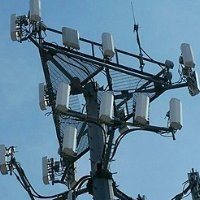(BRUSSELS) – The EU Commission adopted an implementing regulation on small-area wireless access points Wednesday – crucial for deployment and increased coverage of high-capacity, high-speed 5G networks.
5G wireless networks – which will enable new services in health and care, energy, transport, education and other areas – are expected to be particularly important in playing a key role in the recovery of Europe’s economy from the coronavirus crisis.
“Together with Member States, we must pave the way for the timely rollout of 5G, without restrictive administrative barriers,” said the Internal Market Commissioner Thierry Breton, “which will in turn create significant demand from our industry and will amplify European innovations and competitiveness.”
The ‘fifth generation’ of telecommunication systems, or 5G, are one of the most critical building blocks of our economy and society as they will help optimise manufacturing processes and will enable innovations in telemedicine, smart cities, and clean energy management, among other advancements.
The Regulation specifies the physical and technical characteristics of small cells for 5G networks. It aims to help simplify and accelerate 5G network installations, which should be facilitated through a permit-exempt deployment regime, while ensuring that national authorities keep oversight.
At the same time small-area wireless access points should assure the protection of people’s health and safety, by adhering to strict EU exposure limits, which, for the general public, are 50 times lower than what international scientific evidence would suggest as having any potential effect on health.
Their visual and aesthetic impact must be minimal by either being invisible or mounted in a non-obstructive way onto their supporting structure.


